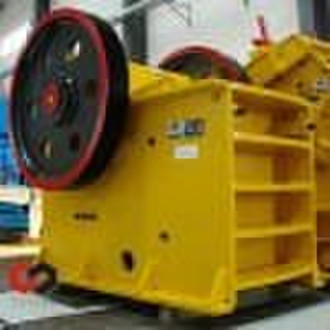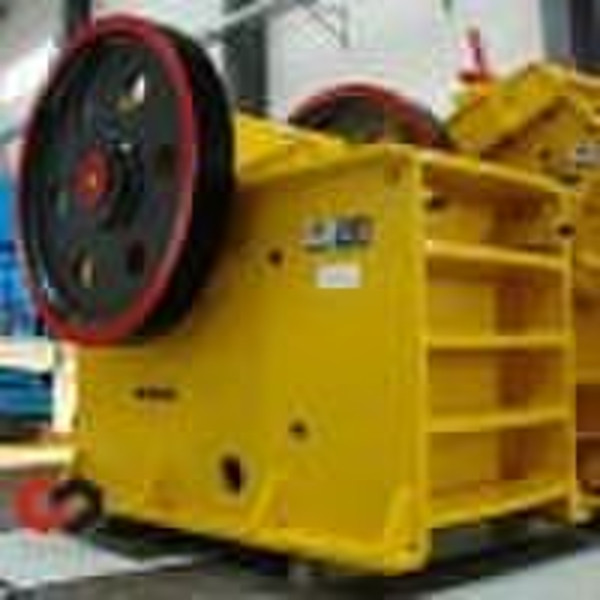Hot selling jaw crusher
原价: 6 000 USD
郑州市, 中国
生产能力:
250 设置 / 月

Zhiran Chen
联系人姓名
基本信息
| 出生地 | Henan China (Mainland) |
|---|---|
| 牌子的名字 | Yigong |
| 模式的数量 | PE |
Hot selling jaw crusher Jaw crusher application: This series of jaw crusher can reach the crushing ratio of 4-6 and the shape of final product is even. They are widely applied to crush high hardness, mid hardness and soft rocks and ores such as slags, construction materials, marble, etc. The pressure resistance strength is under 200Mpa, that is, suitable for primary crush. Jaw Crusher can be used in mining, metallurgical industry, construction, road and railway building, conversancy, chemistry, etc. Jaw crusher for crushing rock and other minerals conventionally comprise a fixed jaw and a movable jaw which define a crushing chamber of a cross section which narrows from top to bottom. The movable jaw is pivotally supported at its upper end so that the lower end of the jaw can be driven in a swinging motion towards and away from the lower end of the fixed jaw. Material to be crushed is introduced into the upper end of the crushing chamber formed between the two jaws and is crushed between the two jaws by the swinging movement of the movable jaw as the material moves downwardly through the chamber, the crushed material being discharged from the chamber at its lower end. The crushing surfaces of the two jaws are subject to substantial wear and are conventionally formed by replaceable faces which are fixed to the body of the jaw by being bolted and keyed. Usually, to facilitate breakage of the rock the surface of each replaceable jaw face is corrugated, with the axes of the corrugations extending in a vertical direction and normally each jaw carries two separate jaw faces, namely an upper face and lower face. The primary effect of the corrugations is achieved at the lower, narrow, end of the crushing chamber, and in order to generate the necessary breaking forces the opposed jaw faces of the two jaws are so arranged that the peaks of the corrugations of one of the jaw faces align with the troughs of the corrugations of the other jaw face. As a result of this, with conventional jaw faces there is limited scope for interchangeability of the various jaw faces to compensate for wear, most of which occurs at the lower end of the crushing chamber; for example with conventional jaw faces the upper and lower jaw faces or each jaw could be interchanged but there is not complete flexibility to interchange the four jaw faces while retaining the required relationship between the sets of corrugations.
交货条款及包装
Packaging Detail: Standard package Delivery Detail: 45 days
端口: Qingdao
付款条款
Documents Against Acceptance
Letter of credit
Telegraphic transfer
-
支付方式
我们接受:









